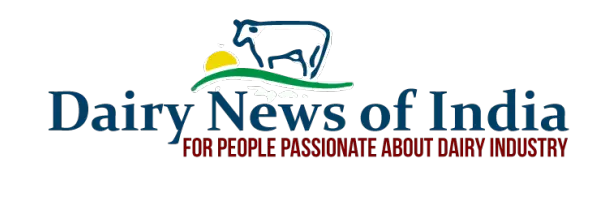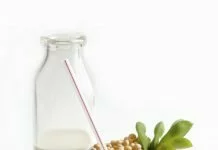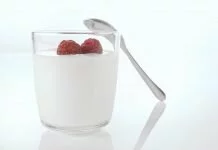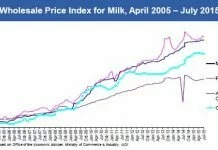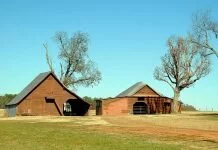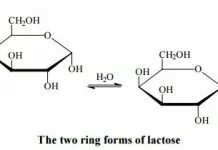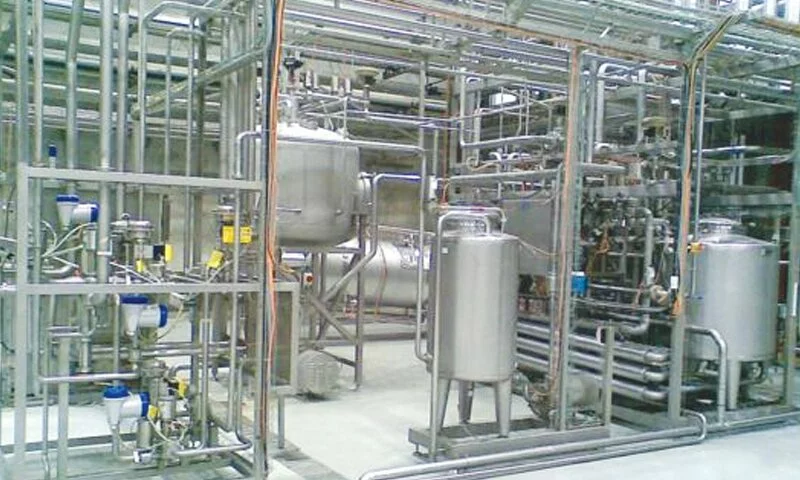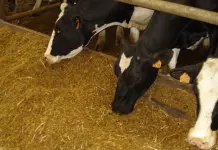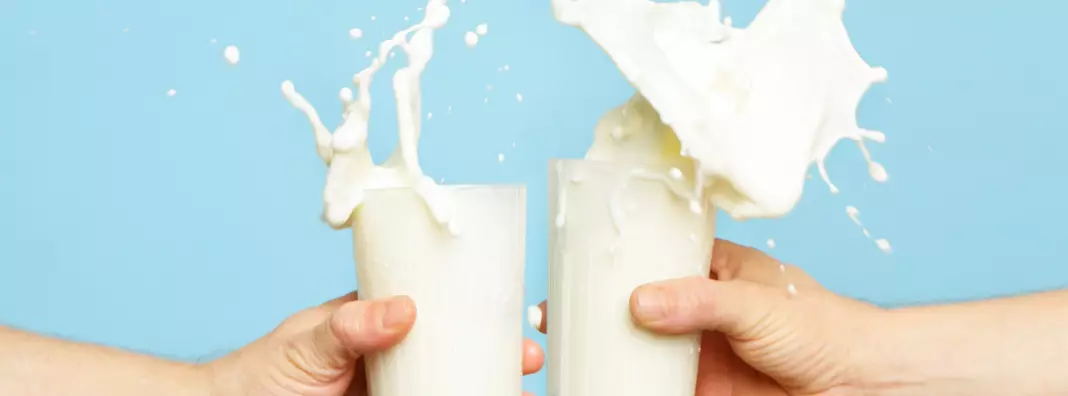Milk gets a swadeshi nudge, govt wants indigenous cattle to get preference
The dairy industry says there are issues in taking up the government’s exhortation to market far more of milk from indigenous breeds. While dairy cooperatives say they are gearing up to try, private companies in the segment point to the low output of home breeds.
The Gujarat Cooperative Milk Marketing Federation (GCMMF), largest in the segment, launched ‘Amul Deshi’ milk, from indigenous Kankrej cows), with fanfare at Deesa in Gujarat earlier this month. It was launched by none other than Prime Minister Narendra Modi himself, vouching for the qualities of the A2 variety (from indigenous breeds) of milk.
After which, Maahi Milk Producer Company, floated in 2012 by the National Dairy Development Development Board, is to launch its variant of A2 milk, from the indigenous Gir breed, in about three weeks.
Harshad Joshi, chief executive of Maahi, said there was almost no difference in their version of A2 milk from Amul’s.
The Centre has raised the yearly budget allotment for development and conservation of indigenous breeds, from Rs 45 crore in 2013 to Rs 582 crore now. A ‘Rashtriya Gokul Mission’ has been launched for this.
Recently, Union Agriculture Minister Radha Mohan Singh said there was a need to market A2 milk separately, for the benefit of consumers and poor farmers rearing indigenous cattle. He claimed indigenous breeds were hardier and produced healthier milk. About
Rs 2 crore each has been sanctioned to Odisha and Karnataka for marketing of A2 milk. A National Mission on Bovine Productivity has been allocated Rs 825 crore..

The data
The private dairy industry, however, is sceptical. The biggest challenge is procurement; indigenous cows give barely
1-1.5 litres per cow per day, even as this is the largest milk producing nation in the world (155.5 million tonnes in FY16).
Devendra Shah, chairman, Parag Milk Foods, said the overall global average is around 26 litres per day per animal but in India, only around 2.2 litres. “It is very difficult to encourage farmers to keep indigenous cow breeds for commercial farming. While they would consume similar amounts of feed, the yield would be low,” he said. Adding that his company had no plans of launching A2 milk anytime soon.
R S Sodhi, managing director of GCMMF, admitted there was a problem and even they were scaling up procurement only gradually. “We are starting with only 15-20 villages (a few thousand farmers) in the Banaskantha region and will slowly expand to other areas,” he said.
He said they were paying a 20 per cent incentive to farmers for A2 milk, collecting A1 and A2 separately. “There is growing demand for A2 milk globally and India is warming up to that. We have received great response since the launch in select outlets in Ahmedabad and hope to increase procurement soon,” he added. Amul has priced its A2 milk at Rs 70 a litre.
Maahi, however, says it is already procuring 100,000 litres per day of Gir cow milk in the Junagadh district of Saurashtra, linking with around 10,000 farmers who keep Gir cows. The company is planning to target senior citizens and newborns for the A2 brand they plan to launch.
A senior executive of a leading corporate dairy had another point. He said (wanting to remain anonymous) that all Asian cow breeds had a mix of the A1 and A2 genes; it was not possible to extract pure A2 milk. “These product launches are marketing strategies to position the products as premium,” was his comment.
Ahead
The government says it is trying to improve the incomes of marginal dairy farmers; their cattle graze on local grassland. To ensure sufficient and consistent supply, one has to work on increasing the productivity.
Another senior official of a large south-based cooperative dairy federation said, “Brazil has imported indigenous cow breeds from us and worked on improving their productivity. India is still lacking in that parameter. If we want to popularise A2 milk, no matter how noble the intentions are, a lot remains to be done. Ensuring a steady supply would take many years, even decades.”
Government statistics show India is home to 190.9 million cattle (19th Livestock Census, 2012), roughly 13 per cent of the world total. Of this, 151 million or 80 per cent are indigenous, says the agriculture ministry. India also has 57 per cent of the world’s buffalo population. The country contributes to around a fifth of all the milk produced in the world.
Milk production has grown by 6.3 per cent in the past two years (FY15 and FY16), higher than the previous year’s growth rate of fur per cent. However, demand is also rising at a rapid pace, faster than production growth.
“At this moment, it is unlikely that many players would even dabble into such niche products. Getting into the volumes game for A2 milk would be difficult. Cooperatives have direct contact with farmers and can make an attempt. Private players are likely to stay away,” said a senior analyst with an international research firm.
Contrasts
Hatsun Agro, a leading private player in Tamil Nadu says it has no plan for an A2 nilk product. Nor do most of the north-based medium-size dairy firms.
However, in Gujarat, where cooperative dairies have a strong presence, farmers are taking to indigenous varieties. According to the Cattle Breeding Farm of Junagadh Agriculture University, the population of Gir cows is 700,000-800,000 in the Saurashtra region and growing at five per cent annually. The university claims 70 per cent of farmers are willing to adopt, up from 10 -12 per cent a decade earlier.
Comments
comments
